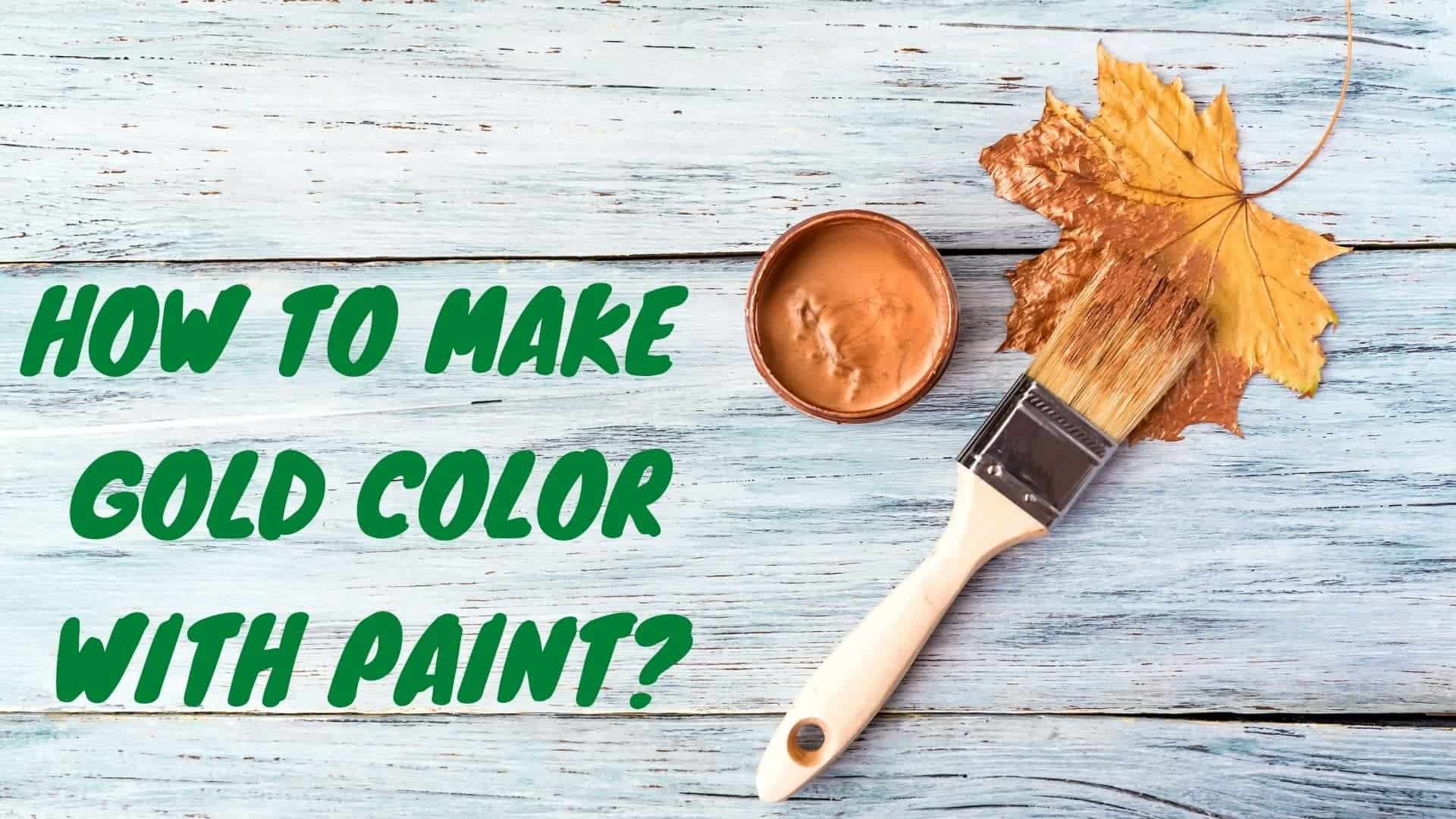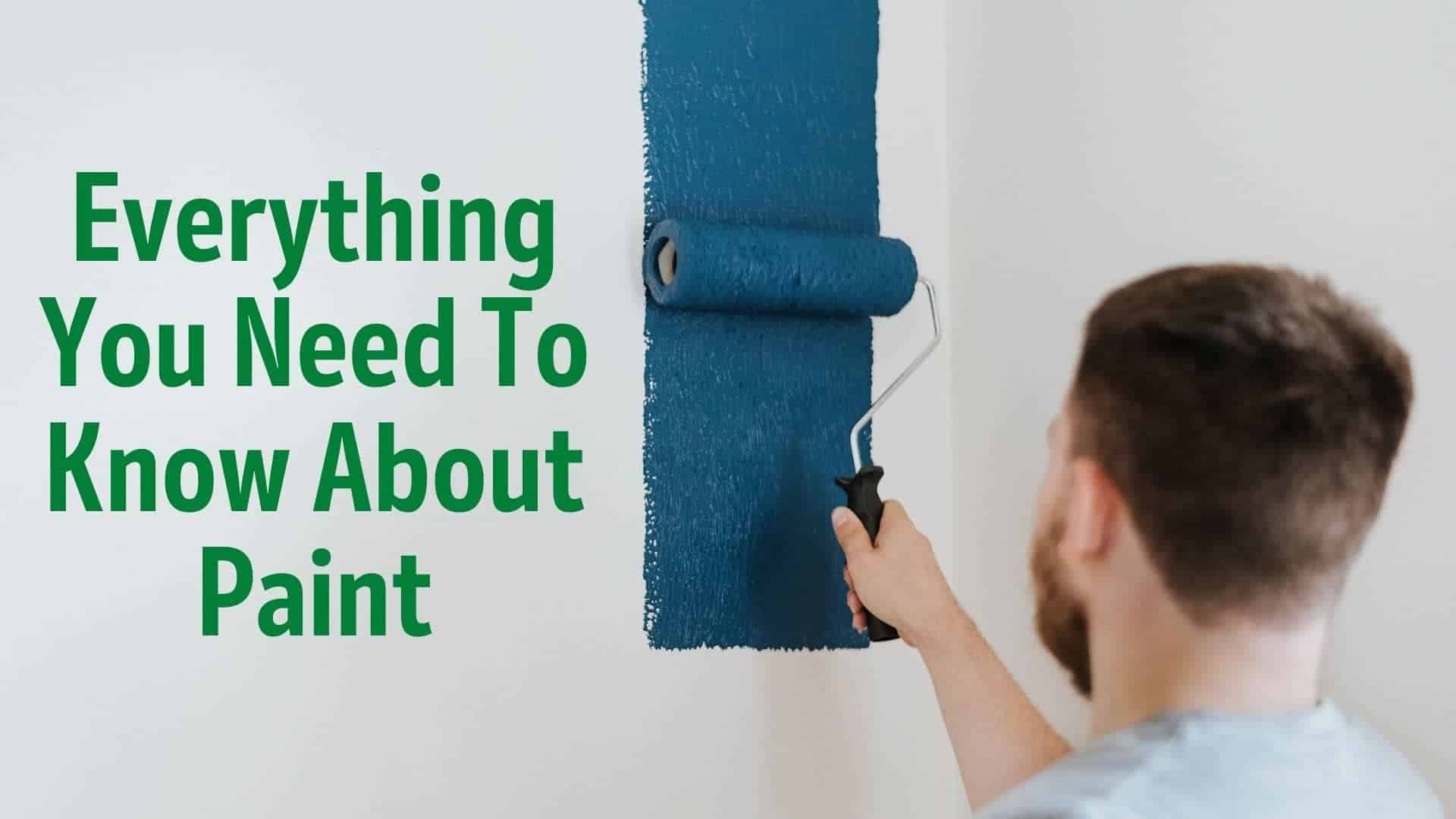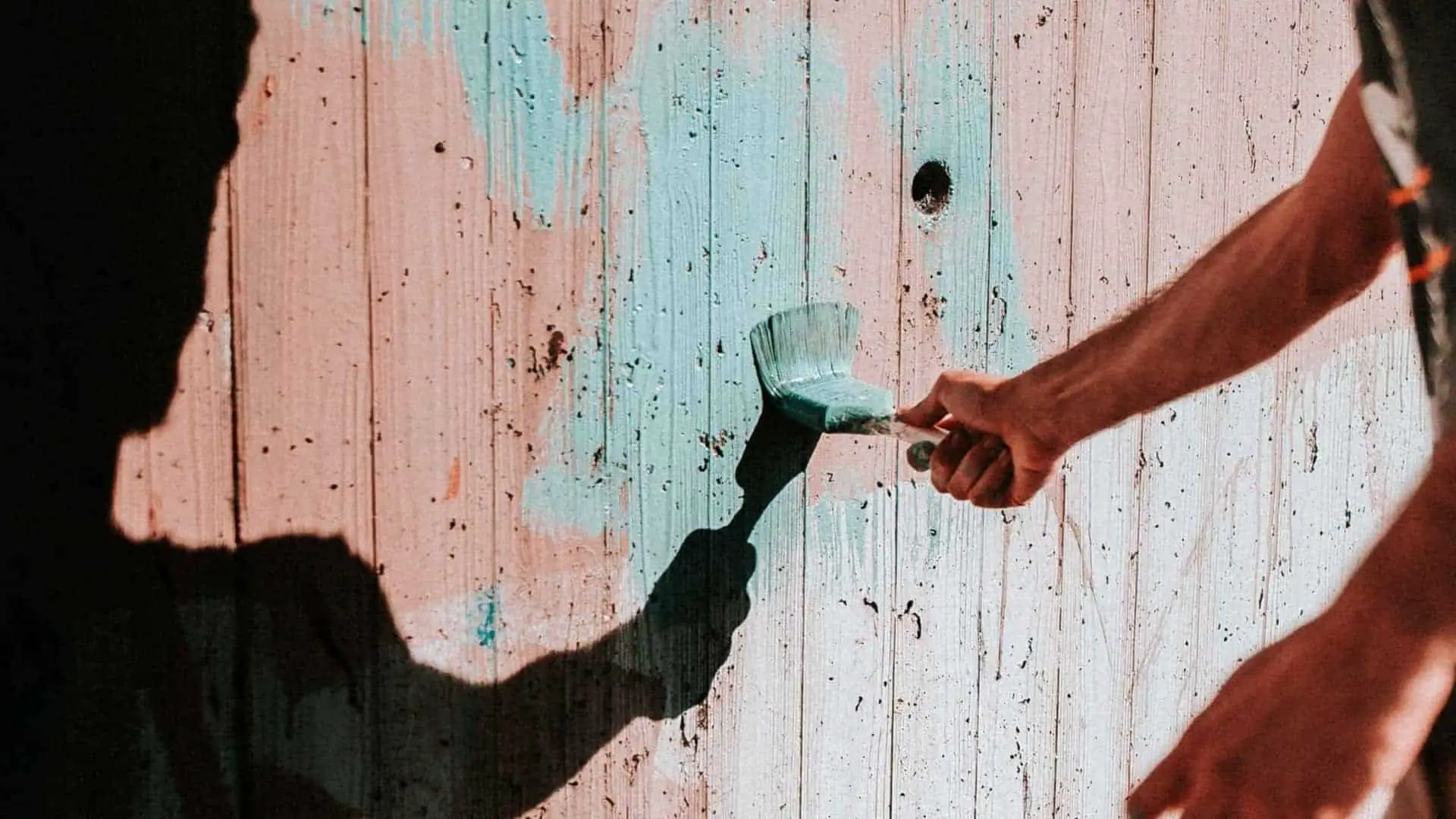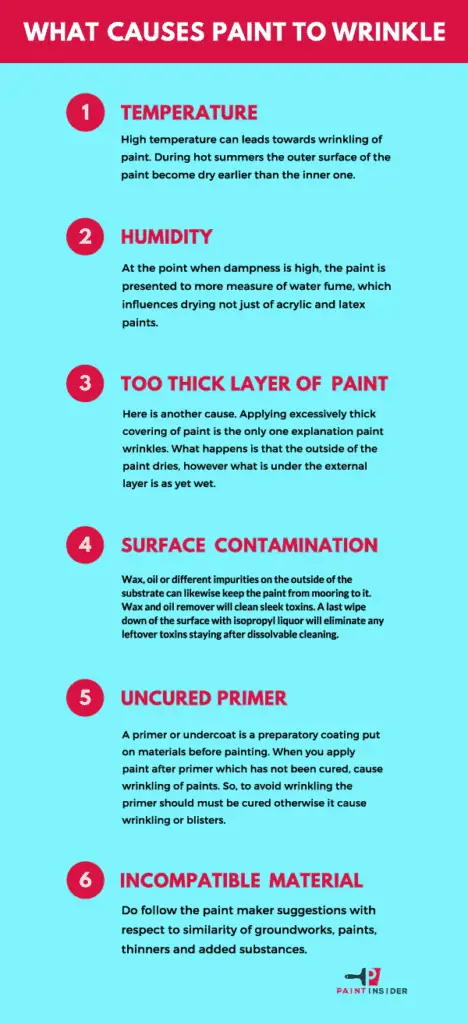Paint is a liquid substance composed of pigments, binders, and solvents, used to add color or protective coating to surfaces.
Painting roofs, home outsides, and dividers are the absolute most mainstream setups by property holders. Albeit nearly everybody occasionally paints, what number of individuals understand what they are purchasing and putting in? Precisely what the material is and what things you must know while getting it. Also, what features do oil and latex paints have in common? Now, continue to read and we should get straight into it.
Paint is a covering or covering material applied on metallic or non-metallic surfaces for beautiful or defensive purposes.
Most normally, they might be a defensive just as beautiful completion.
To the vast majority, paint is the shade on the walls of their home, the shade of their vehicle, boat, or convoy. However, paint is a substrate used as a liquid application, is something beyond a pigment. It gets dry to a solid by going through many cycles.
Along these lines, presently, I think that the expression “what is paint” is cleared.
The exact definition of paint is something that can bother you now. Stay calm. We will get to know everything on reading further.
Let’s begin!
Definition of Paint
Paint is a Solution used for application on various surfaces for enriching or protective reasons by a grouping of solvent and any shading material.
Or then again,
It can likewise be characterized as:” Dispersion of shade (shading substance) in a reasonable drying oil within a dissolvable (paint thinner) is called Paint.”
Let’s proceed.
Paints are the coverings applied to surfaces in a fluid texture. Paint becomes adaptable solids on drying. They have numerous utilizations, preserving the surface from daylight, moisture, residue, scraped area and weather enduring. They give virtually cleanable surfaces that help keep the substrates perfect and clean. They can modify the inside by the utilization of shading, slight or haziness, matt or intelligent textures and not fail to remember the surface.
Details about Paint
A paint commonly comprises color, a fastener (binder), dissolvable (fluids), and added substances.
Shades give tone and disappear, while the binder works to “tie” the color together and make the coating. The suspension of the components is a solvent that permits for putting paint on the surfaces and added substances are the components that give explicit features to paint, for example, build-up obstruction. Each of the components consolidates to give paint that meets your particular plan needs.
Superb quality paint is accepted to be not permeable and that lone implies that water does not assimilate within it, instead, it will just essentially flow off. The low-quality paints let the water inside so rapidly towards the permeable paint bringing about stripping and rising in a matter of moments. A growing level of fasteners and shades in the paint can make the cost high. Even though, the dependable impact of paint, at last, exceeds the expense of getting additional repainting. It’s worthy of investing in a good paint that repainting won’t be done each time except just when it is needed and hustle.
Types of Paints
Who knows how many there were? Continue to read to realize what each type does and how it can profit your home.
As painting enhances the appearance of construction, it is a common feature of restorative techniques. Besides making the look better, paints also have some other applications. Realizing the presentation highlights of each sort of paint is critical to choose the best item for every design.
Before choosing the kind of paint for a particular plan, its actual properties should be thought of.
A wide range of kinds of paints include:
Acrylic Paint
For everyone out there who loves nature, acrylic paint is your best approach. Acrylic paint is noteworthy as it is a paint based on water that offers the topmost of any time. Acrylic paint is fast in application and drying, yet it’s strong enough to take on any degree of indoor traffic. It can likewise save its shade for a significant period.
The most fantastic aspect of all, acrylic paint doesn’t have any synthetic compounds in its cosmetics (yippee, natural only!), so it’s viable and protected to utilize anyplace at the house.
Aluminum Paint
This sort is created by blending aluminum particles in with oil stains. It has resistance to rusting, power, and climate vulnerability. It is usually utilized for wood and metals and also used for some particular applications like fuel tanks, oil tanks, and lines of water etc.
Anti-Corrosive Paint
This is described by its obstruction to chemicals as suggested by its name. Linseed oil, fine sand, and zinc chrome are used in its making. Anticorrosive paint has a dark shade and it is strong and reasonable. It is ordinarily utilized for metal textures and lines.
This paint is equipped for corrosion resistance by limiting the immediate access of water and air to the surface. The coatings work as a boundary to repress the principal contact between destructive materials and synthetic substances.
Bituminous Paint
This particular sort of paint is typically produced using tar that at last gives it a typical portrayed dark tone. It is additionally waterproof and simultaneously safe to alkalis. Though it isn’t appropriate for any application wherein it will be presented entirely to the sun since it steadily decays. Bituminous paint is commonly utilized for solid establishments, submerged ironworks, iron lines, and wood. It benefits in giving obstruction to corrosion while applied for metals.
Casein Paint
This paint is produced using casein blended in with light colorants. It is accessible in the grind and glue texture and colorants can be additive. Casein paint is usually used to paint roofs, wood, and walls.
Cellulose Paint
Amyl acetate is utilized in its creation, along with celluloid and photographic sheets. The attachment could be improved by adding castor oil and the surfaces are cleaned without any problem. It very well may be washed as well on drying of the paint. This specific sort of paint is generally portrayed by its opposition against acids, smoke, and wetness. It offers quicker drying, a smoother finish, and hardness. Vehicles and planes are the places where cellulose paint is amazingly used. It is the expense that ended up being the top weakness of this paint. By and by, still, it benefits in its investment.
Cement Paint
Cement paint is found in soil texture, mixed with water to achieve the viscosity of the paint. The substrate is white or pigmented solid and it may contain a variety of colors and textures. Concrete paint is tough and waterproof and it is usually utilized in harsh interiors and exteriors.
It has a long drying period, which is usually a day. Hence, to protect moisture issues, it should be put in with two coverings.
Chalk Paint
Even though Chalk Paint can be utilized for making writing slates, so the differentiation gets somewhat soft. Chalk Paint is a type of paint that can be used on different furniture and materials to create a pale look. It produces a mature vibe and can be irritated with no issue. Chalk paint is also extensively used for furniture paint.
Eggshell Paint
Eggshell is a famous painting finish. They’re somewhat shinier than matte paints, they cover blemishes and they’re more long-lasting than matte paints (still not perfect than those of gloss or satin paint). They are extraordinary for areas with less or moderate traffic, such as family rooms, corridors, and doorways.
Enamel Paint
The addition of zinc and lead to stains produce this sort of paint. Colorants are added to get a wide diversity of shades. They give solid and shiny coverings, which are handily washed. They are portrayed as waterproof and synthetically safe, providing excellent coating and shading maintenance.
Some typical applications of enamel paint are in walls of interior and exterior, entryways and floor covering, staircase, windows, and Surfaces like glass, solids, metals, and mortar.
The fundamental restrictions of it are moderate drying and requiring titanium covering before being applied.
Flat Paint
Flat paints (additionally named matte paints) have a very low lustrous level. Excellent coverage is provided by these paints than any other one and the flaws like nail openings require very few coatings. While they’re extraordinary for coating, they’re the short-lasting sort of paint and will be harmed whenever treated with cleaner, so they are utilized in places with low traffic, such as lounge areas and surfaces that will not be contacted a lot, just as roofs.
High Gloss Paint
These paints are the shiniest finish of the pack. They’re likewise the most sturdy and cleansable, so they can deal with everyday scouring. Think about this group of paint for entryways, trims, and cabinets. They can likewise be utilized as an outside detail too, on things like shades and slabs while being an interior paint. Though, preparation is significant when utilizing it—it can show numerous flaws when applied improperly.
Semi-Gloss Paint
They give shine and are reflective in texture. They are amazingly sturdy and buildup safe, so they are best utilized in rooms that get a ton of mileage or dampness, just as children’s rooms, kitchens, and washrooms. They are likewise incredible for trim. They will give defects more than less sparkly finishes being a glossy finish.
Ink Paint
Ink paint is liquid or colored glue and is used to hide the area to create an image, build-up, or edit. Ink is utilized for painting or composing with a pen, brush, or plume. Ink is used to draw or paint with a brush, pen, or plume.
Parts of the ink meet other requirements; carrier of ink, colorant, and other additives affect the distribution and consistency of the ink and its dry appearance.
Latex-Based Paint
Latex, a paint based on water, is produced using acrylic sap. In contrast to acrylic, it’s prescribed to utilize it when painting bigger places. Not that it dries more slowly, but since it’s typically bought in more significant amounts. Latex paint is simpler to tidy up with simply cleanser and water.
Latex paint is more secure to use since it produces less exhaust, actually utilizes appropriate ventilation paying little mind to the kind of paint you use. Latex paint ordinarily gets coverage in few covers.
Oil Paint
The base material for oil paints is white lead and is done in 3 coatings: priming coat, undercoat, and finish coat. Oil paints can accomplish flat and polished completions while being tough and reasonable. They are characterized by their ease of use and the painted areas are not difficult to clean. They are customarily used in dividers, doorways, windows, and metallic designs.
Note that oil paint is not suitable for damp places and it is difficult to dry completely. Also, linseed oil and colors have to be mixed before their application.
Satin Paint
Satin is the most well-known inside paint finishes. They have a smooth sheen and are simpler to clean than matte and eggshell paints, which makes them an incredible decision for high-traffic zones like kitchen, den, family rooms, washrooms, and pantries. (Before you utilize this paint, know that the sheen tragically is more adept to uncover strokes of the brush, making final details marginally precarious down the line.
Silicate Paint
Silicate paint is created utilizing resinous and silica blends. Its presentation benefits incorporate great attachment, hardness, opposition against heat, and being synthetically inert to metals. Subsequently, this kind of paint is usually utilized in metal constructions.
Synthetic Rubber Paint
This paint is produced using broke up synthetic resinous substances and can incorporate colorants. It has a mediocre expense and its primary advantages are an obstruction to chemicals, quick-drying and climate opposition. It is utilized for solid surfaces generally and this incorporates new concrete.
Plastic Paint
This paint utilizes water as a solvent and it is accessible in a wide diversity of pigments. It dries rapidly and offers a high coating. Coming up next are some basic applications:
- Walls and roofs of halls, display areas, showrooms and so on
- Decks
- Slabs
Characteristics of Good Paints
Following are fundamental characteristics of good paints.
Color
After their utilization on external surfaces, they are presented to the climate. Because of the openness to the climate, it could be affected by downpours or different kinds of radiation from daylight, which will cause terrible impacts on the pigment.
Great paints should keep up their shade under every one of these conditions or in some other situation.
Easy Application
They may be utilized over vast surface regions. It is, in this manner, vital that it ought to be of such a kind that can be spread effectively, easily, and consistently.
Good Hiding Power
It ought to be equipped for covering the exterior surface of material consistently and altogether.
Opposition
Paints ought to be artificially unreactive to the climate. This is fundamental in the event that it needs to ensure the hidden surface of a metal.
Economical in Cost
Kinds of Paint ought to be chosen by the development and its expense ought to be just about as low as could be expected. Expensive paints ought not to be utilized in general developments.
Guide for Choosing the Right Paint
Uncertain which paint is best for your task design? Try not to skirt the accompanying exploration. The type of paint you choose is just as important as the shade and it can greatly influence the type of your room, the character of your painting work, and the appearance you want to be achieved. There are unquestionably a lot of variables that you should contemplate before you settle on a sort of paint. Find everything you always need to consider about prior to the choice of paint.
General Tips
Each paint out there will have an example. Get however many specimens as you can and get some banner board. Play around with those specimens – look at how effectively they cover and spread a region and how effectively you can clean them once they’re dry. While perusing photos or perusing data online will give you an overall thought of how various completions look, it is just until you test the paint in your ideal space that you can get a genuine feeling of how it will function.
Paint arrives in diversity just as in one or the other latex or oil. Paint based on latex is a common and popular type of paint that you can use as it is easy to clean and reliable. As such it will usually be safer and smell better than oil, which brings small blistering of paint. Oil-based paint is amazing for real woodworking and cutting as it will make the colors blocked and joints from wood better than latex paint. Its drying takes more time than the latex one, so, consider a greater dry-out period for it.





